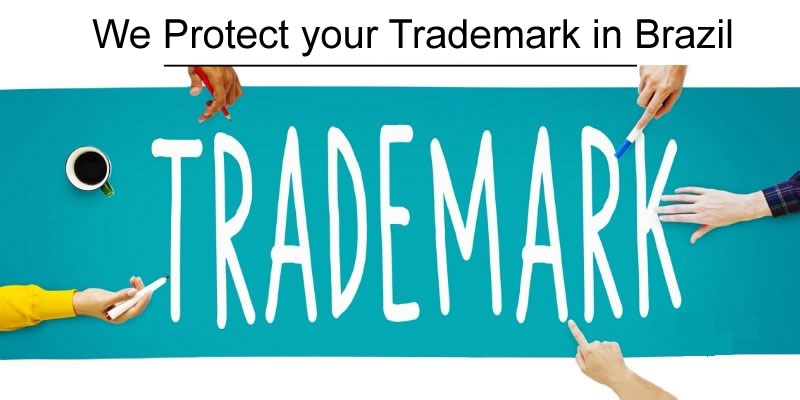R&D outlays and patents alone don’t effectively measure corporate creativity
Somewhere high up in the 10 commandments of business success is “innovate or die.” Yet measuring innovation is tricky. It is often reduced to tracking research & development outlays, and management guidance on patent activity.
That can work just fine for patent-heavy industries such as tech and pharma, but even there the approach is far from ideal. Consider that both Uber and Netflix were highly innovative out of the box, but neither relied on patents.
Moreover, this approach is somewhat useless in industries in which neither R&D nor patents are central to operations, such as finance and food. And it perpetuates a story line that firms in low-patent industries are less innovative.
A paper forthcoming in the Journal of Financial and Quantitative Analysis suggests that plenty of innovation is indeed happening in firms that aren’t big on R&D, or constantly churning out patents.
Creating a database that tracked new product trademarks, researchers find that CEOs in low-patent industries, whose compensation is heavily dependent on stock options, seem to be plenty motivated to innovate, as they tend to roll out more new product trademarks.
And those new trademarked products seem to contribute to better performance. Arizona State’s Lucile Faurel, Hong Kong Polytechnic’s Qin Li, University of California-Irvine’s Devin Shanthikumar and UCLA Anderson’s Siew Hong Teoh report that both cash flow from operations and return on assets are higher in the first and second years among firms that register more new product trademarks.
The researchers tabulated the patent and product trademark activity of S&P 1500 companies between 1993 through 2011. They had more than 70,000 new product trademarks from nearly 3,000 firms to analyze.
As shown below, in the study period, new patents were highly concentrated in just a few industries, while new product trademarks were more dispersed. (Note: To specifically drill down on product innovation, the team focused solely on new product trademarks, ignoring trademarks tied to new branding/marketing slogans.)
More than half of the companies with new product trademarks the researchers examined did not report investment in R&D. And more than 45% of firms with a product trademark never registered a patent. These findings suggest that R&D and patents fail to capture innovative activities that potentially culminate in new products. Moreover, the researchers computed that industries they classified as low-patent (an average of fewer than 15 patents per firm year) accounted for more than 60% of sales in their dataset.
Incentivizing Innovation with Stock Options
Having established that a patent-only approach to measuring innovation is myopic, the researchers turned to new product trademarks as another potential proxy for innovation. They explored the extent to which CEOs with an incentive to innovate are more likely to run shops that churn out more new product trademarks.
The big run-up in CEO compensation since the mid-1990s is largely the result of doling out massive chunks of stock options.
Prior research has established that the more a CEO’s wealth is dependent on stock options, the more risk the firm will take. The implicit link is that Vega — a compensation metric that measures the sensitivity of CEO wealth to stock price volatility — is “a good proxy for managerial risk-taking incentives.” That is, a CEO with the carrot of boatloads of stock options is likely to be interested in pursuing risky new product innovation that just might be a hit with customers, and thus Wall Street.
[huge_it_slider id=”15″]The researchers studied new product trademark volume relative to CEOs’ Vega levels. Throughout their analysis, they controlled for patent activity, given that among firms with patent activity, a new product trademark can be the end-result of a patent.
The researchers found that increasing from the 25th percentile rank to 75th percentile rank in Vega increased product trademark creation by 9%. Their findings hold for a wide range of firms, including low-patent firms and high-patent firms. That patent-rich companies are responsive to Vega is not surprising; the news here is evidence that low-patent firms are innovating as well and option-based risk-taking incentives work well on these firms.
The researchers found a similar compensation/innovation relationship when re-running their test based on the option-dependency of employees other than the CEO.
Product Trademarks as Performance Driver
Prior research Teoh collaborated on, published in Management Science, showed that firms that churn out more trademarks (product and marketing) have higher stock returns in the ensuing 12 months than firms that are less active.
In this go-round, product innovation activity also correlates with financial performance at the firm. Controlling for patent activity, the researchers found larger improvements in cash flow from operations and return on assets in the ensuing 12 months and two years among firms more active in product trademark creation. Once again, the effect was strong for both low-patent firms, where product development innovation is a primary focus, and high-patent firms, where scientific research and technological innovation are primary focuses.
The researchers conclude that their work shows “providing risk-taking incentives to CEOs promotes greater product innovation, independently of patent innovation.” And that seems to trickle down into better firm performance.
Featured Faculty
- Siew Hong TeohLee and Seymour Graff Endowed Professor; Professor of Accounting
About the Research
Faurel, L., Li, Q., Shanthikumar, D. & Teoh, S.H. (in press). Bringing Innovation to Fruition: Insights from New Trademarks. Journal of Financial and Quantitative Analysis.

